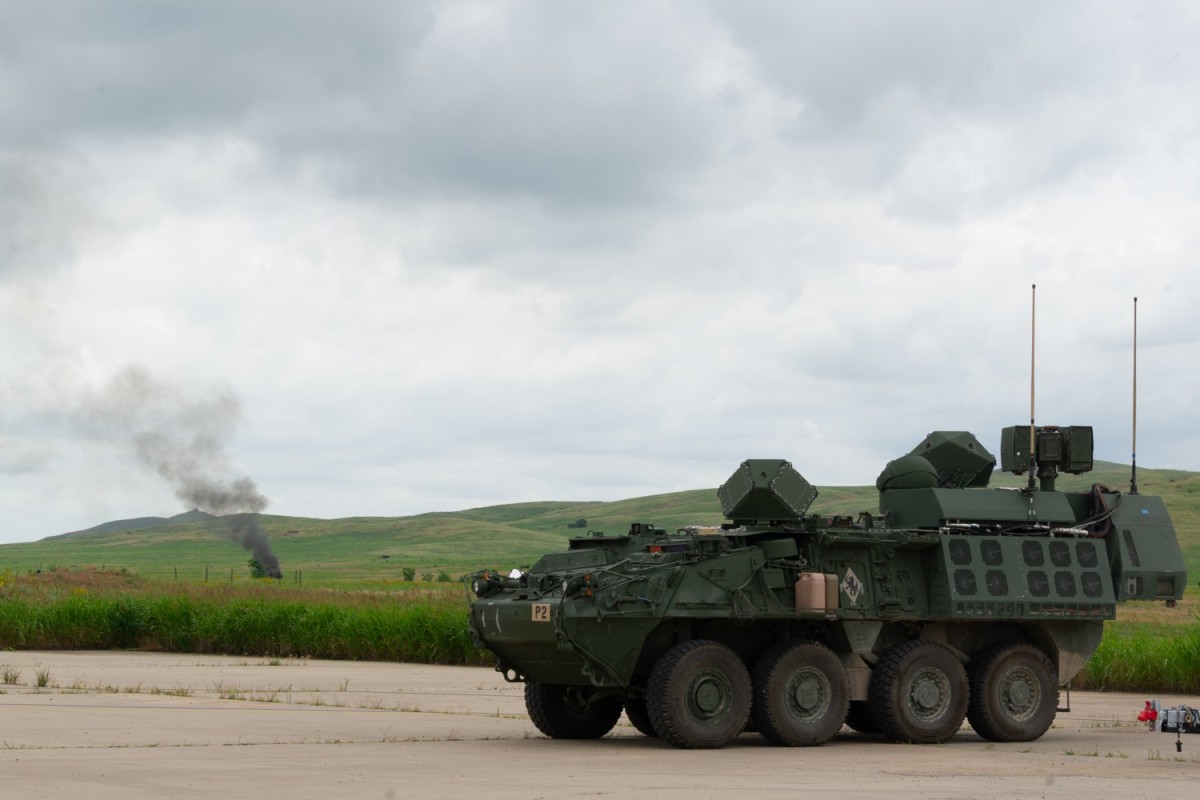
The US Army has conducted a live-fire exercise combining directed energy weapons with traditional kinetic systems.
The goal is to continue advancing laser-based defense technologies for use against aerial threats, particularly small, unmanned aircraft systems (UAS).
Testing involved prototype systems, including a directed energy Maneuver Short-Range Air Defense (M-SHORAD) platform, capable of engaging a swarm of UAS.
Trials were conducted alongside the existing kinetic M-SHORAD system to assess layered air defense performance and gather operational data.
Moreover, the exercise evaluated how soldiers incorporate directed energy weapons into current procedures, with crews training on target identification, threat prioritization, and other key tasks.
“Now that we have delivered directed energy capabilities to the Army we are developing and maturing the domains of policy, doctrine, organization, training, and personnel to employ the capability optimally,” stated Col. Steven D. Gutierrez, RCCTO Project Manager for Directed Energy.
Directed Energy Systems
The US Army’s development of directed energy weapons began decades ago with a focus on strategic missile defense.
More recently, the widespread availability of low-cost drones has shifted priorities toward short-range air defense, where lasers and high-powered microwaves are being tested as potential countermeasures.
This shift has sparked growing interest in directed energy technology worldwide.
In June, India announced plans to acquire domestically produced directed energy weapons capable of neutralizing drones at ranges of up to 2 kilometers (1.2 miles).
In April, the British Army conducted its largest trial of a UK-developed radiofrequency directed energy system, successfully tracking and disabling over 100 drones, including two swarms in a single engagement.
Also, in May 2024, the US Army Space and Missile Defense Command awarded BlueHalo a $95.4-million contract to continue development and prototyping directed energy systems.